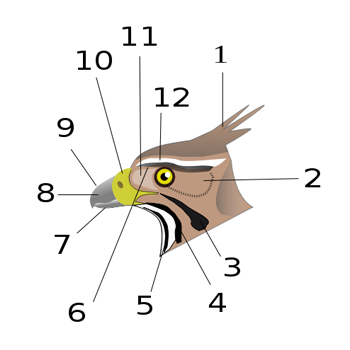Question #157d6
1 Answer
It depends which type of plant you're talking about- ones that do C4 Carbon Fixation or ones that do C3
Explanation:
C4 plants (ones that fixate one carbon to Phosphoenolpyruvate using the enzyme Phosphoenolpyruvate Carboxylase) tend to live in more arid environments- this means that they can't risk opening up their stomata as much because if they did so they would lose too much water. Thus, PEP Carboxylase is an extremely specific enzyme- it is really good at grabbing just CO2. As a result, it does not have to open its stomata as much, and since PEP Carboxylase mostly grabs CO2, photorespiration is not a problem.
As for C3 plants(ones that fixate three carbons to Ribulose Biphosphate using the enzyme Ribulose Biphosphate Carboxylase), their enzyme is much less specific with what it fixates- could be CO2 or O2- which provides a great risk for photorepsiration. As a result, C3 plants have to open their stomata more in order to grab CO2 and avoid photorepsiration. This means that they will lose more water, but since C3 plants tend to live in areas that get much more moisture, this is not a problem.

